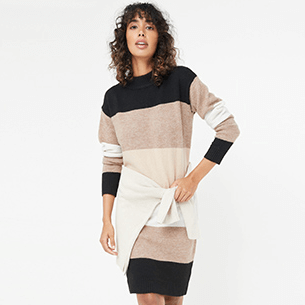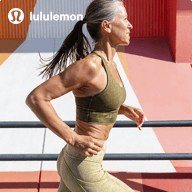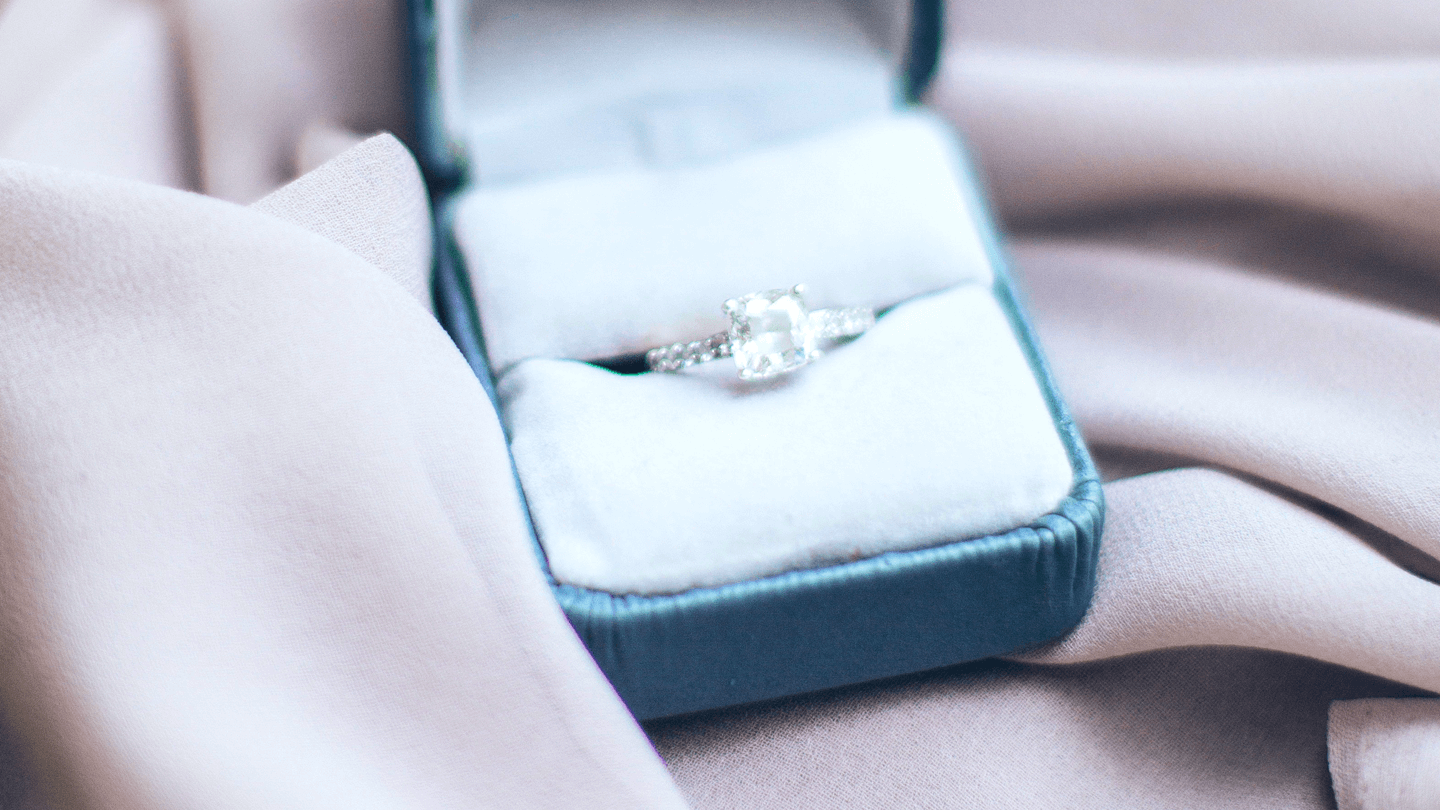Today, going to the gym and working out is mainstream. One of the most popular exercises that you cannot ignore is the squat. The squat is a compound, full-body exercise that trains several muscles, thus the critical role it plays in the routine of bodybuilders, powerlifters, and other athletes. But, what muscles do squats work? And why is it such an important exercise for normal individuals and professional athletes alike? If you are already going to the gym, or you are planning to, read on to find out about the importance of this exercise.
Which Muscles Does the Squat Trigger?
Many people believe that the squat works the legs alone, but that is nothing but a common misconception. I used to think this as well, but I could not be more wrong. So, what muscles do squats work?

1. Gluteus Maximus
The gluteus maximus, as the name indicates, is the largest among the gluteal muscle groups that also include both the gluteus medius and gluteus minimus muscles. It basically holds the pelvis area together, and it connects the parts of the coccyx, ilium, sacrum, and iliac crest to the posterior of the thigh bone and the iliotibial band.
The gluteus maximus ensures the stability of the body in normal movements, and it is one of the muscles that are highly targeted by the squat's motions, as it contracts eccentrically to control the speed on the downward movement and concentrically to extend the thighs during the upward motion.
2. Quadriceps
The quadriceps form the biggest muscle group of the thighs. They consist of four muscles: the rectus femoris, which is attached to the anterior inferior iliac spine at the top, and the three vastus; lateralis, intermedius, and medialis (all being, of course, Latin words), all of which attach to thigh bone at the top. At the bottom, all four of these muscles are connected to the patella in front of the knee.
When you perform a full squat movement, the quadriceps intervene by expanding the knees when you are getting back to the starting position. The pressure that is applied to this muscle group indicates how much they benefit from squats.
3. Hamstrings
The hams are located on the posterior side of the thighs, and they consist of three muscles: bicep femoris, semimembranosus, and semitendinosus. Together with the gluteus maximus, these muscles work on expanding the legs during the different squat movements, which is why this exercise can greatly benefit them.
4. Erector Spinae
As mentioned above, the benefits of squats don't stop at the legs level, as your back will be much stronger should you include this exercise in your training routine. The erector spinae consists of the spinalis, longissimus, and iliocostalis muscles, each of which contracts isometrically with every upward and downward movement of the squat. These muscles cover the entirety of your back as well as both sides of your spine, which explains why squats are considered an excellent core exercise as well.
Why Are Squats Important?
Ask any bodybuilder, and they will tell you that squats and deadlift are the most important compound exercises for any athletic training. You should never skip squats in your training. Squats offer a plethora of benefits, given that you perform them correctly, that mainly include:

1. Squats promote athleticism and strength
As explained above, the intensity of the squat movements can strengthen different muscle groups and improve your speed and therefore your athletic performance.
2. Squats strengthen your core muscles
Training core muscles isn't a privilege for crunches and planks, as squats can be incredibly beneficial for this body region. When you perform a proper squat, your core muscles work on stabilizing your body, which ultimately leads to the strengthening of the abdominal area.
3. Squats burn fats faster
As a compound, full-body exercise, it's only natural for squats to burn more fat compared to other movements. Squats require the use of multiple muscle groups, as explained above, which leads to an intense calorie-burning process as your body needs more energy to perform the upward and downward movements.
4. Squats can get your balance and posture to the next level
As a natural consequence of training core muscles, squats can substantially improve your posture, balance, and stability as your body works on maintaining proper form while you are performing the motions.
5. Squats reduce injury chances
By strengthening your muscles, especially stabilizers, bones, and ligaments, squats can reduce your injury chances as your body gets more adapted to intense situations.
How to Perform Squats the Right Way
Although it is an excellent exercise with many benefits, squats are still among the most dangerous movements and can lead to severe injuries if done improperly. Below, you will find the most widespread squat variants and the proper way to perform each one of them.
Bodyweight Squat

Bodyweight squats are extremely simple and straightforward, and they can be performed anywhere, as you do not need any special equipment while performing them. Simply stand straight, with your arms stretched in front of you, and perform the upward and downward movements while keeping your sight fixed in front of you.
So, what muscles do squats work in this variant? Mainly your quads, glutes, and hamstrings, as there isn't much pressure applied on the back to training it significantly.
High Bar Back Squat

Here we are referring to the high bar back squat, which is similar to the bodyweight variant but with a barbell to apply more tension. Performing any barbell squat requires the use of a squat rack or a power cage on which you can adjust the altitude of the barbell to match yours. When holding the bar, make sure that you do round your thumbs around it and keep your grip as narrow as possible.
Each barbell squat focuses on a specific muscle group as the geometry differs, and the squats muscles worked by the high bar back variant are the quadriceps.
Low Bar Back Squat

The low bar back squat is a common exercise among powerlifters and beginner bodybuilders as it is generally the easiest to perform compared to other barbell variants. The only difference between this type and the high bar one is that you need to hold the bar using a thumbless, wide grip. The squat muscles worked by this squat type are mainly the posterior chain groups.
Conclusion
Whether you are a beginner bodybuilder trying to improve your routine or an advanced athlete looking to maintain your performance, you cannot ignore squats in your programs. This exercise can be highly beneficial for your whole body, but keep in mind that you cannot get its merits without proper form.














1 COMMENTS